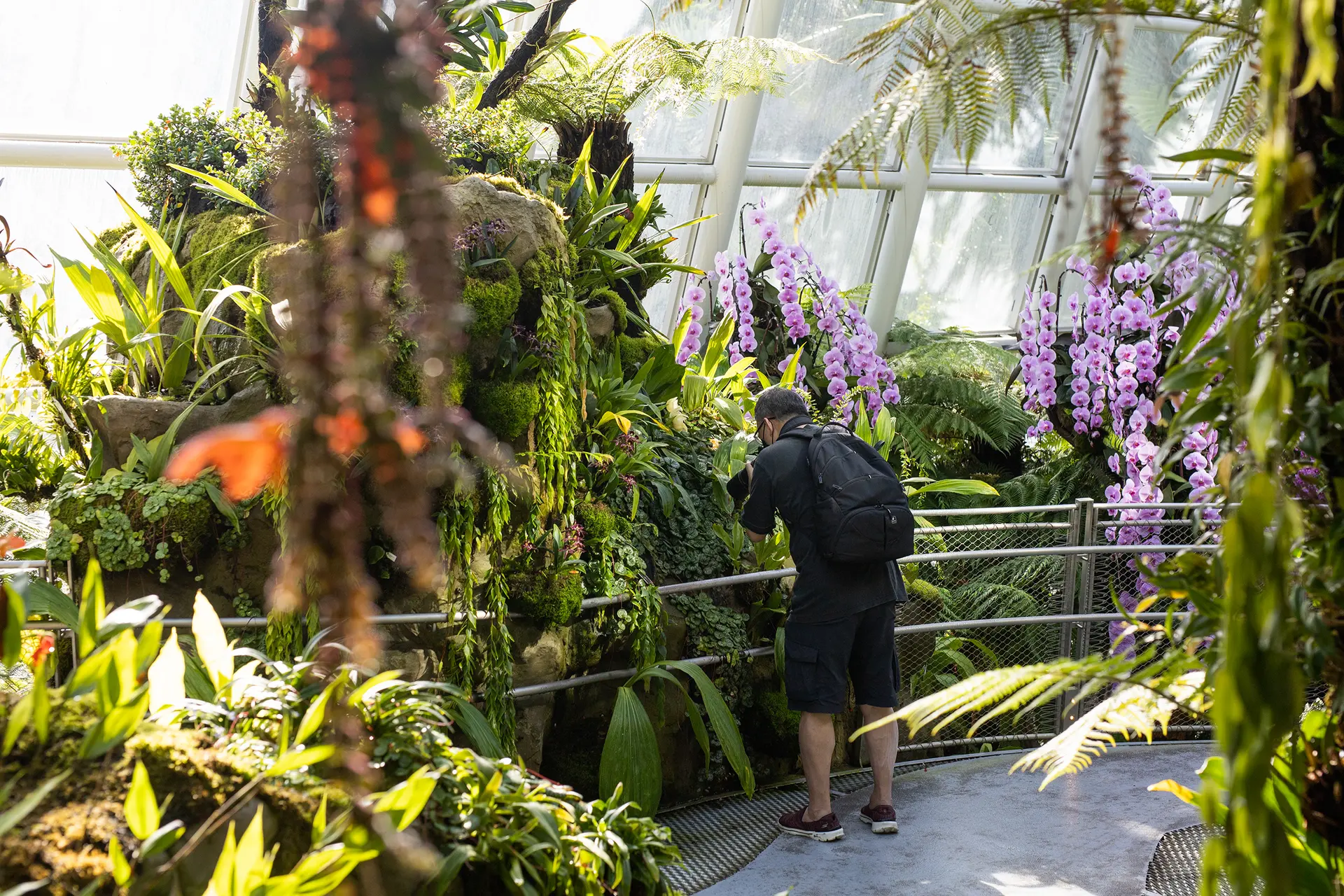
Copenhagen, Database
2022 - 2024
Geoplant
Optimizing biodiversity-centered design, the new digital tool holds a wealth of global vegetation knowledge and data, providing designers with the means to prioritize native flora in projects.
Project details
Typology
Status
Discipline
Biodiversity is declining faster than any other period in human history. For years, humans have introduced foreign and invasive species around the world devastating local ecosystems. Native flora are essential in maintaining ecological balance, providing food and habitats to wildlife, and supporting the intricate relationships that maintain ecosystem health and stability.
Designing spaces that protect and restore indigenous flora is critical to combat the biodiversity crisis. GeoPlant, developed with a team of design experts, biologists, and ecologists, streamlines the design process by digitalizing typically fragmented knowledge.
Until recently, digital tools have been absent in landscape design, where books have traditionally dominated the input stream. GeoPlant bridges this gap by converting extensive flora data and knowledge into a digital format, transforming plant selection into a shared, performance-based choice. The tool uses smart technology to understand ecological conditions, enabling users to work more efficiently across different geographies and climate zones.
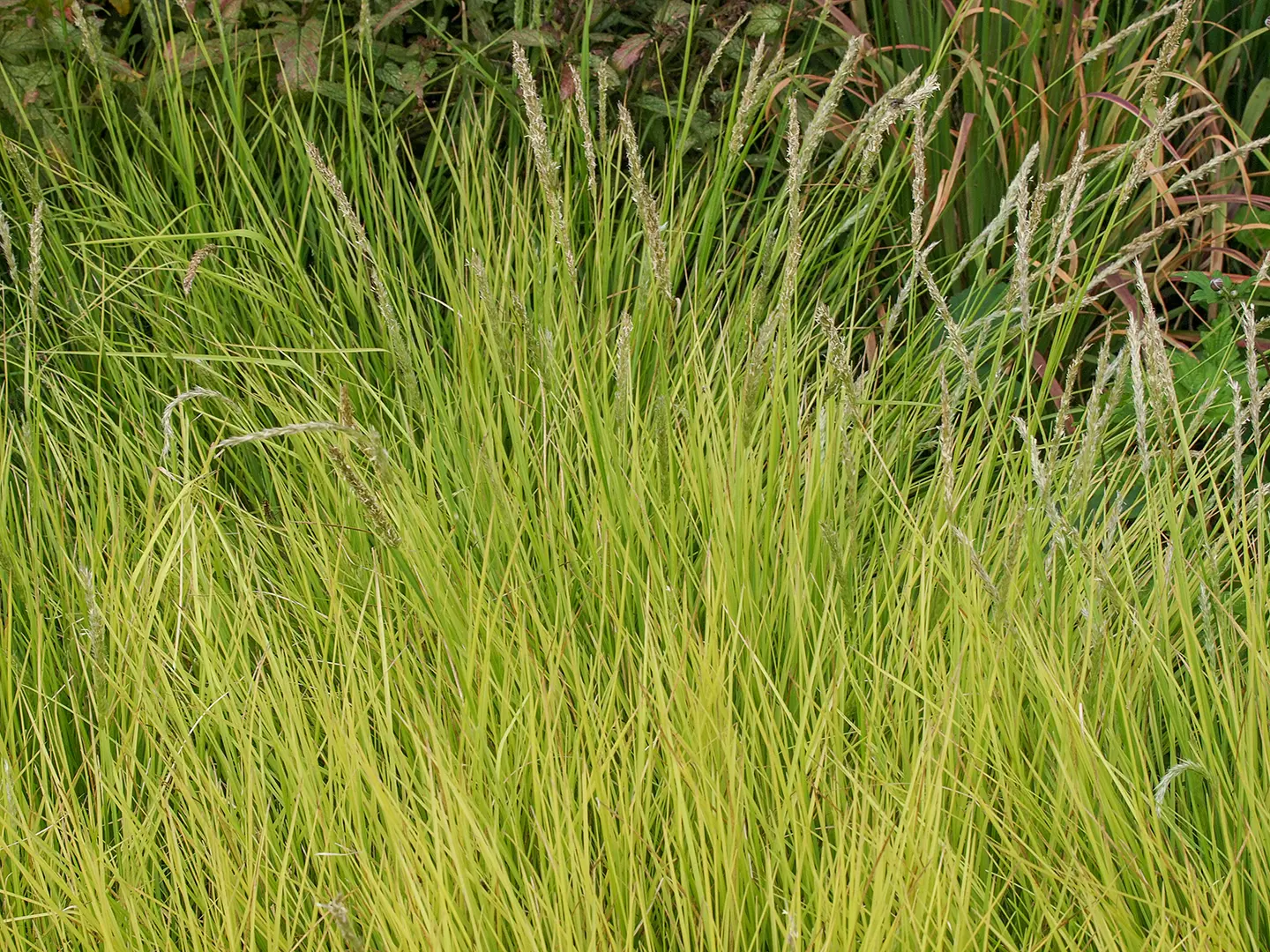
“Our goal was to craft a digital workflow that guides us towards a sustainable coexistence with our botanical companions, recognizing that in today's data-driven world, the power to create change lies in clean and precise information.”
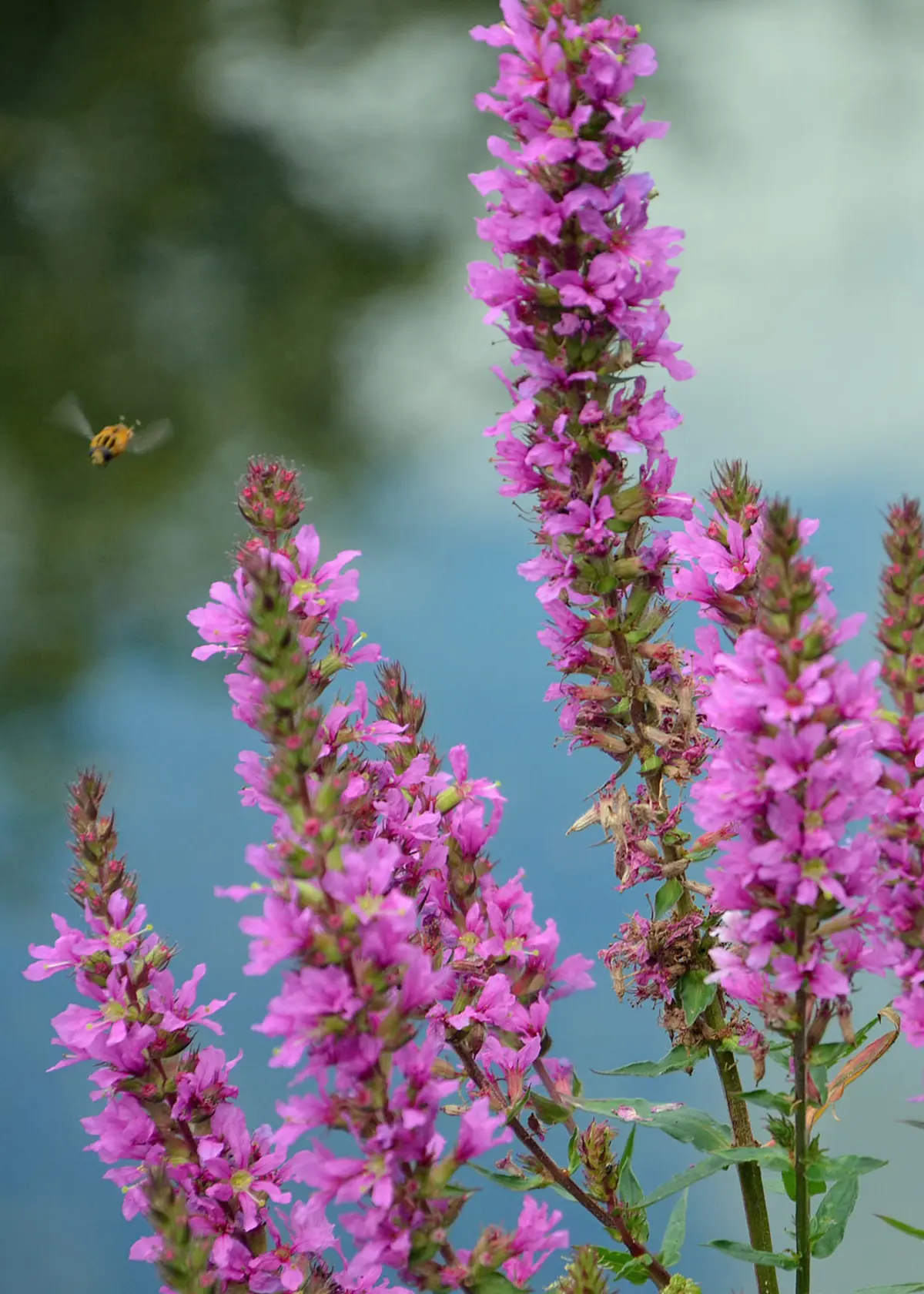
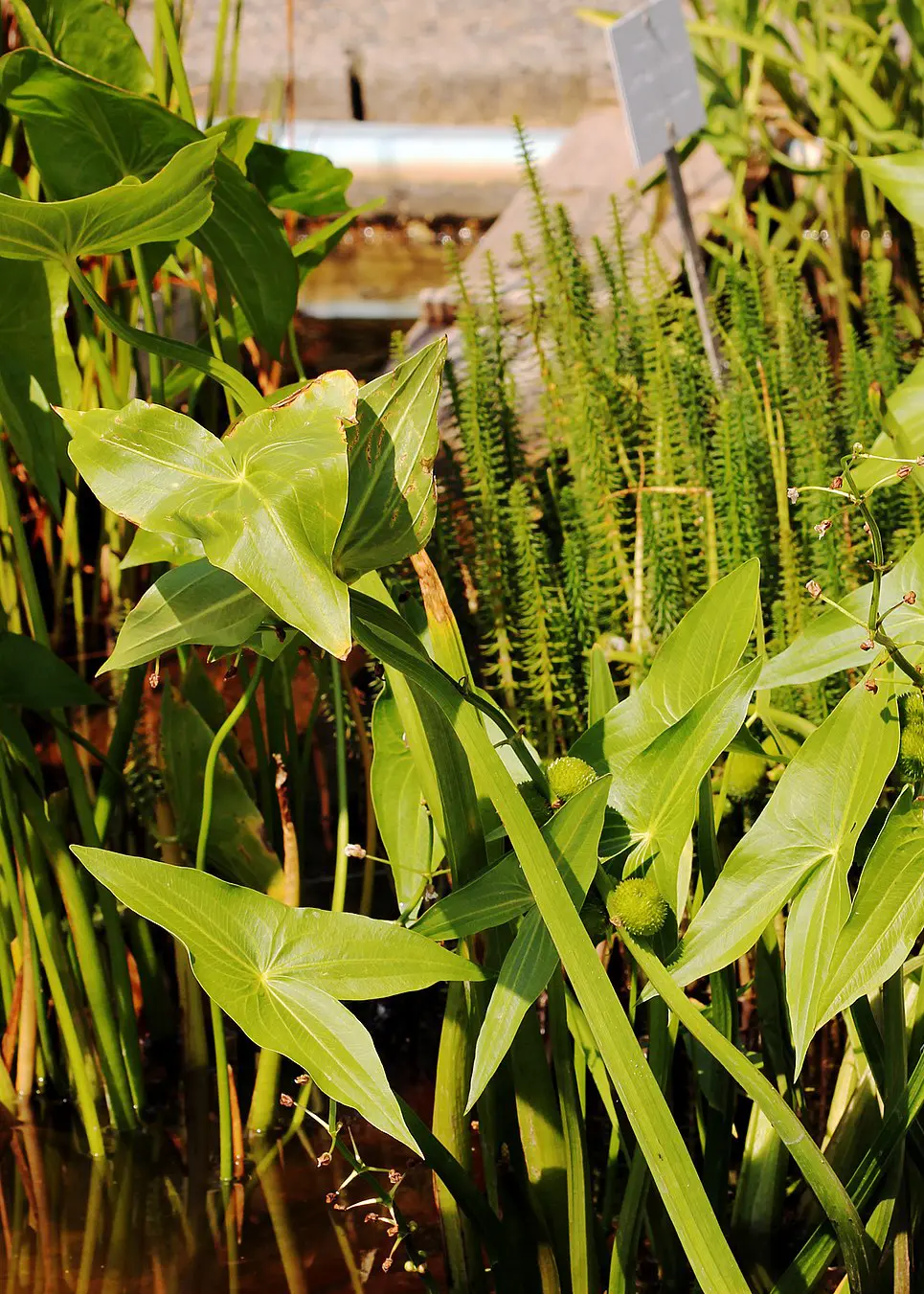


The new tool includes 5,600 plant species gathered from over six sources with 62 features and details attributed to every individual flora. The filters are categorized into general traits, human factors, functionality, productivity, environmental conditions, structure, sensorial aspects, and durability offering a well-rounded holistic perspective. This simplifies the process of selecting plants, allowing users to easily find species based on location, project type, or specific features.
When constructing GeoPlant, a variety of vegetation data was collected across global offices, to develop a solid foundation to build the tool. Based on the data collection, the team ideated GeoPlant and the database criteria. It was facilitated by an iterative process in which the team selected, re-grouped, defined, and categorized data.
With GeoPlant, various questions can be explored and answered on the spot such as:
- Which shrubs are native to Singapore and have yellow flowering?
- Which plants can remove pollutant such as nitrogen and are natural to the USA?
- Which trees have a minimum height of 4m and require fertile or silty soil?
- Which plants are native to Spain, have low watering needs and thrive in full sun condition?
- Which plants climber plants have a scent?
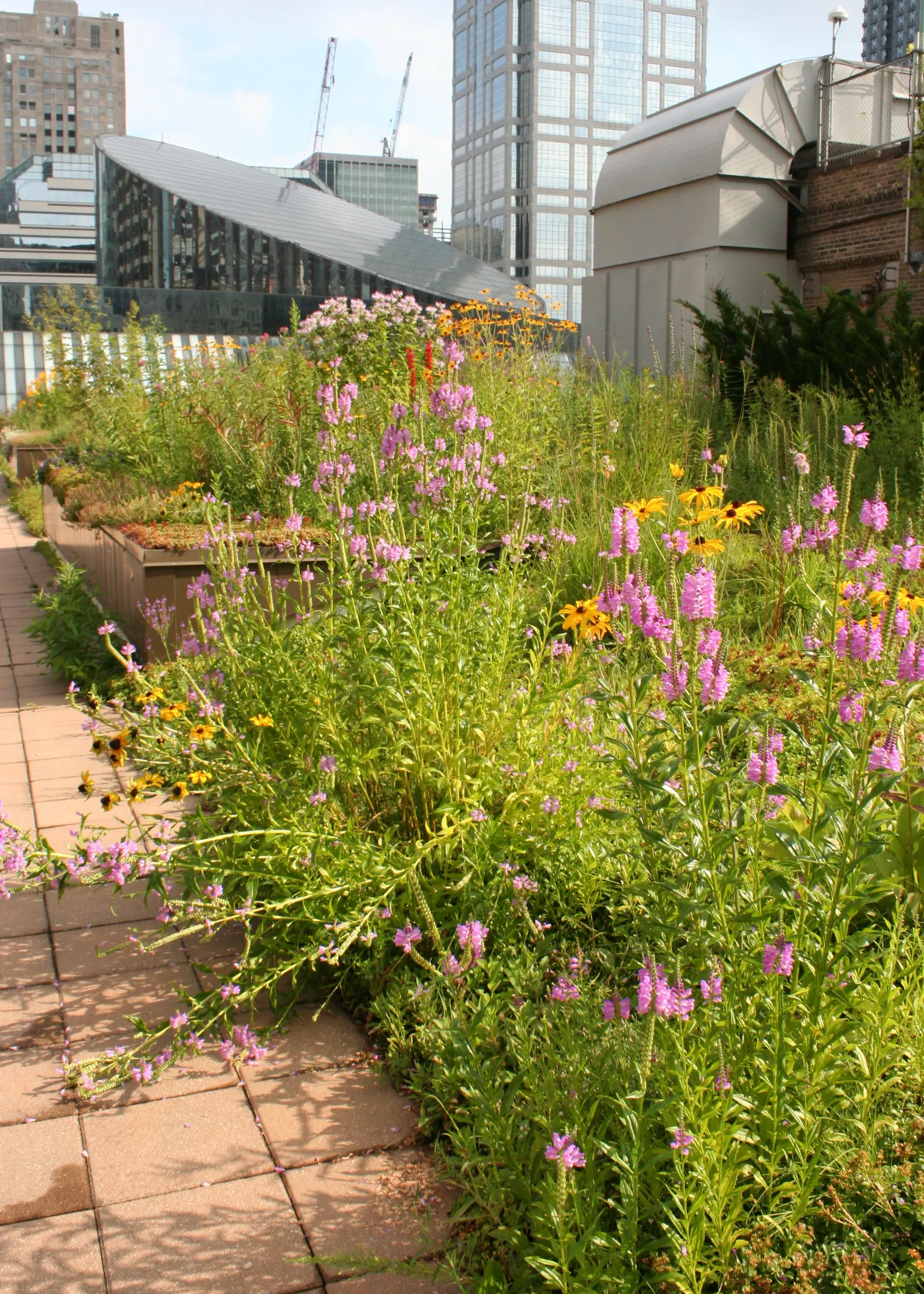

GeoPlant will assist landscape designers, biologists, water specialists, architects, civil engineers, urban planners and municipalities by providing accessible information to better incorporate biodiversity into projects.
“GeoPlant is key in increasing biodiversity. It is a powerful tool that assists our landscape designs by providing us with the right native flora compositions through knowledge data and AI. This enables us to create hyper local designs that prioritize native vegetation – vastly improving a time intensive task.
GeoPlant has immense potential to revolutionize the way we design within landscape, and thanks to our computational design team, we have ambitions to keep developing it further to increase its impact. Our aim is to harness the capability of AI modeling, incorporate drawing automation, and link GeoPlant to Rhino to design directly with species and knowledge from the database. Increasing efficiency and accessibility to this native flora repository is essential to increase biodiversity in our designs and the world.” Sonja Stockmarr, Global Design Director, Landscape.
GeoPlant is co-funded by Henning Larsen and the Ramboll Foundation.
With thanks to the following organizations, Kew Gardens, Cornell University, Botanic Gardens: Conservation International, Finnish Biodiversity Information Facility, USDA’s PLANTS database, Uppsala University, and individuals, Randy Mandel, Rajan Santhirasegaran, Nora Menzel, Ana Janzic, Madeline Leong, Agnes Chain, Jostein Rykkelid, Vilma Pylkkö, Jeremy Anterola, Kai Hakala, Juhana Heikkala.
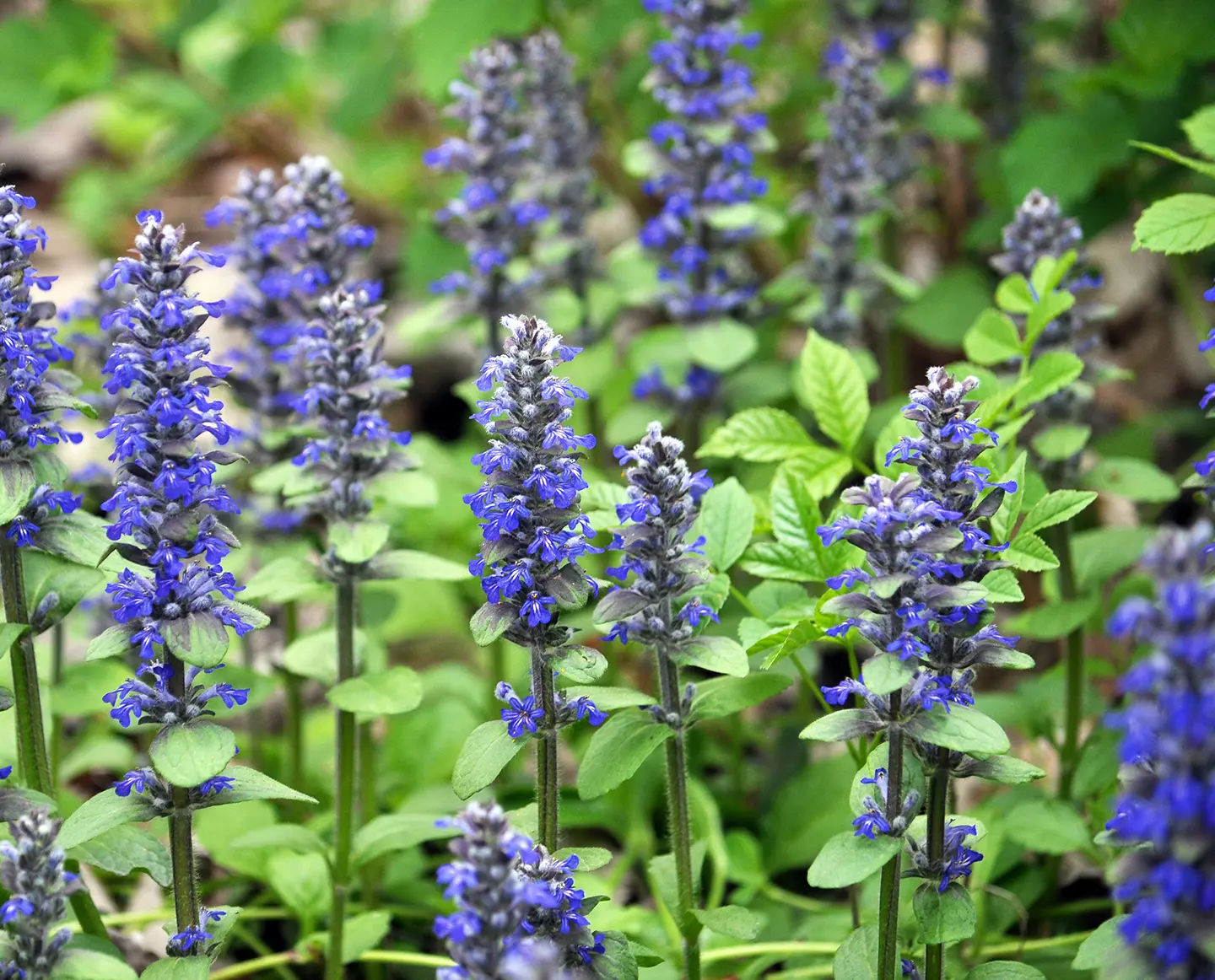
Downloads
GeoPlant
Database
Next project
Kampung Admiralty
Explore project